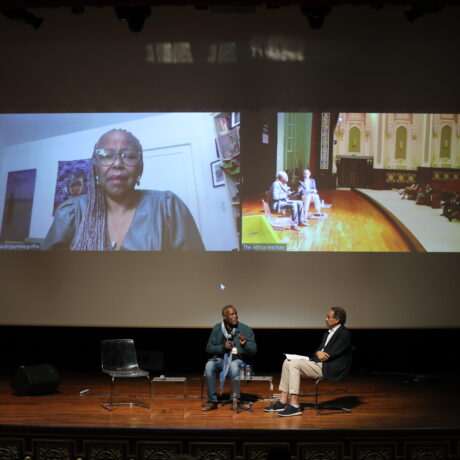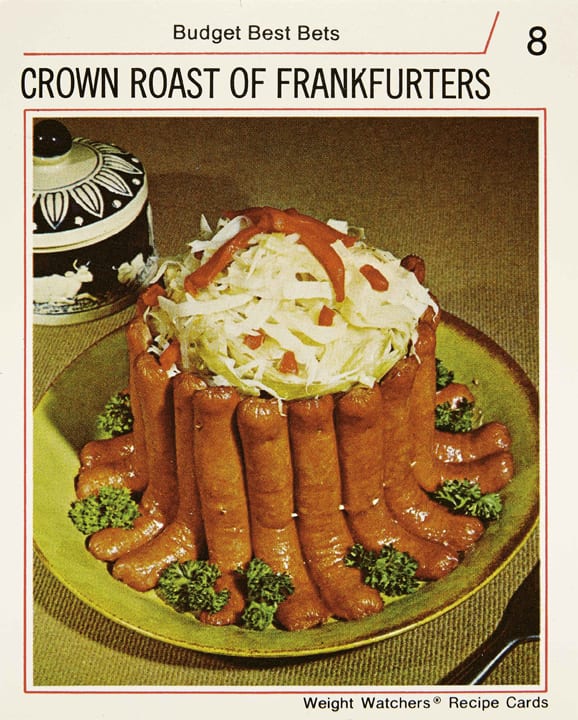
Food has long been a fascination for artists, from Renaissance painter Giuseppe Arcimboldo’s fantastical portraits built entirely from fruit and vegetables to Andy Warhol’s iconic Campbell’s soup cans. It comes as no surprise that in recent years photographers have turned their lens to the humble dinner plate, which can offer up clues on everything from the era’s fashions (cheese and pineapple sticks, anyone?) to specific cultural leanings.
Feast for the Eyes—The Story of Food in Photography, at Foam in Amsterdam (from 21 December to 6 March), taps into this phenomenon, delving into the excess and hunger, reality and aspiration that can all be conveyed in a single shot. After all, a photograph of food is never just about what’s on the plate—as exhibition curators, Susan Bright and Denise Wolff, explain.
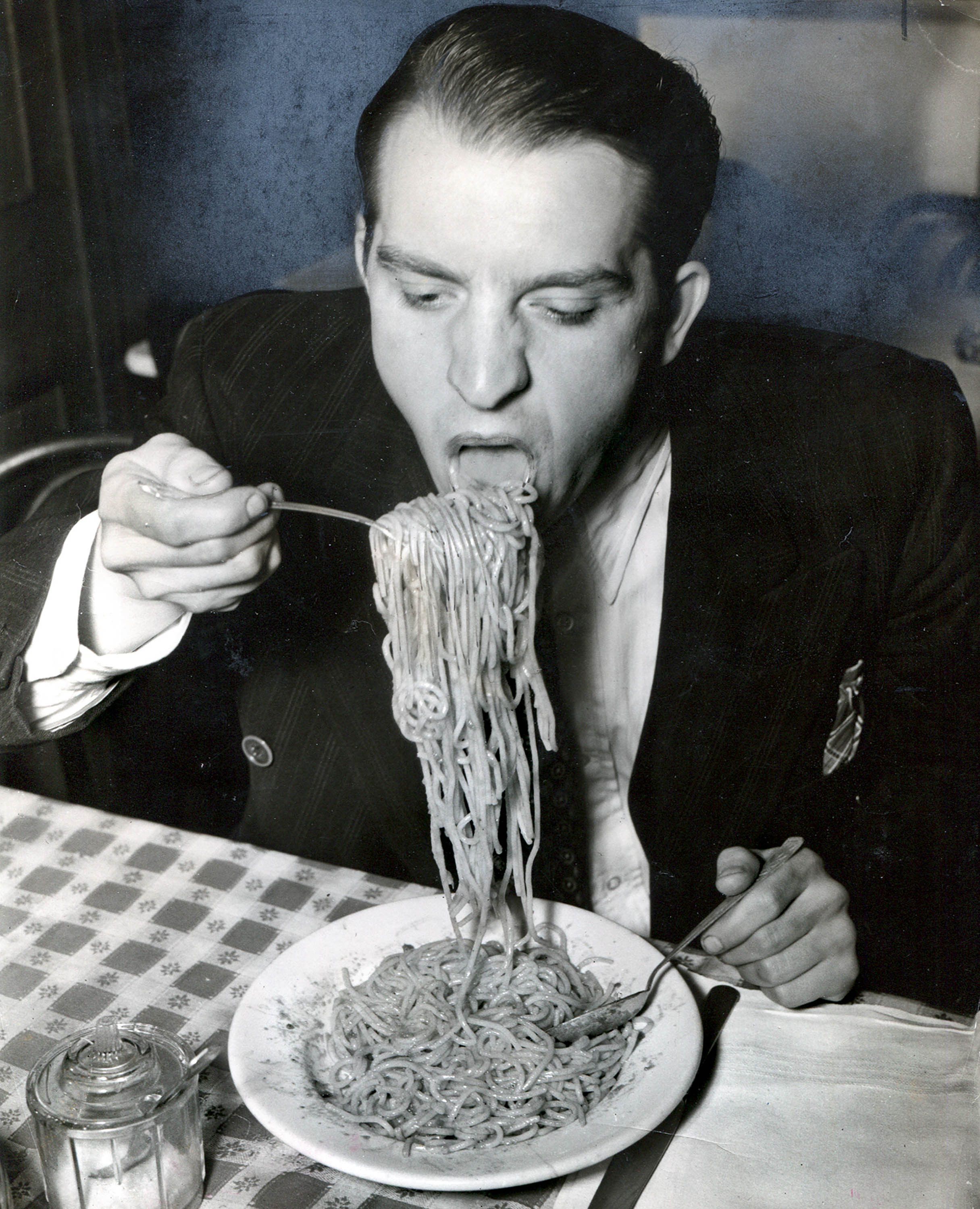
Why is food such a popular subject for photographers?
Food is the stuff of everyday. It defines who we are. We assert ourselves through what we cook, what we eat and how we eat. To this end, photographs of food are rarely just about food, but more about human emotions and behaviour. These subjects are irresistible for many photographers and endlessly fascinating.
How have our attitudes to food and photography shifted in the age of social media?
One of the major shifts is that commercial work in advertising and cookbooks used to be the domain of aspirational pictures (think overflowing party platters and perfect pop-overs). They sold more than just products, but a lifestyle to be aspired to. With social media, this aspirational quality is now much more present in vernacular imagery. Everyday people are concerned with styling their food, and not necessarily for those consuming it, but for those consuming the pictures of it.
Social media has exponentially widened our circle of friends to the point that posting a picture with a recipe is more akin to publishing (by definition to make public), and thus, the pictures function as such. Most of the food sharing isn’t about innovation or creativity; it’s about belonging (or wanting to belong) to a certain tribe, portraying a certain lifestyle. This all sounds somewhat sinister, but it’s fun, participatory and connects people too.
“Food is the stuff of everyday. It defines who we are. We assert ourselves through what we cook, what we eat and how we eat”
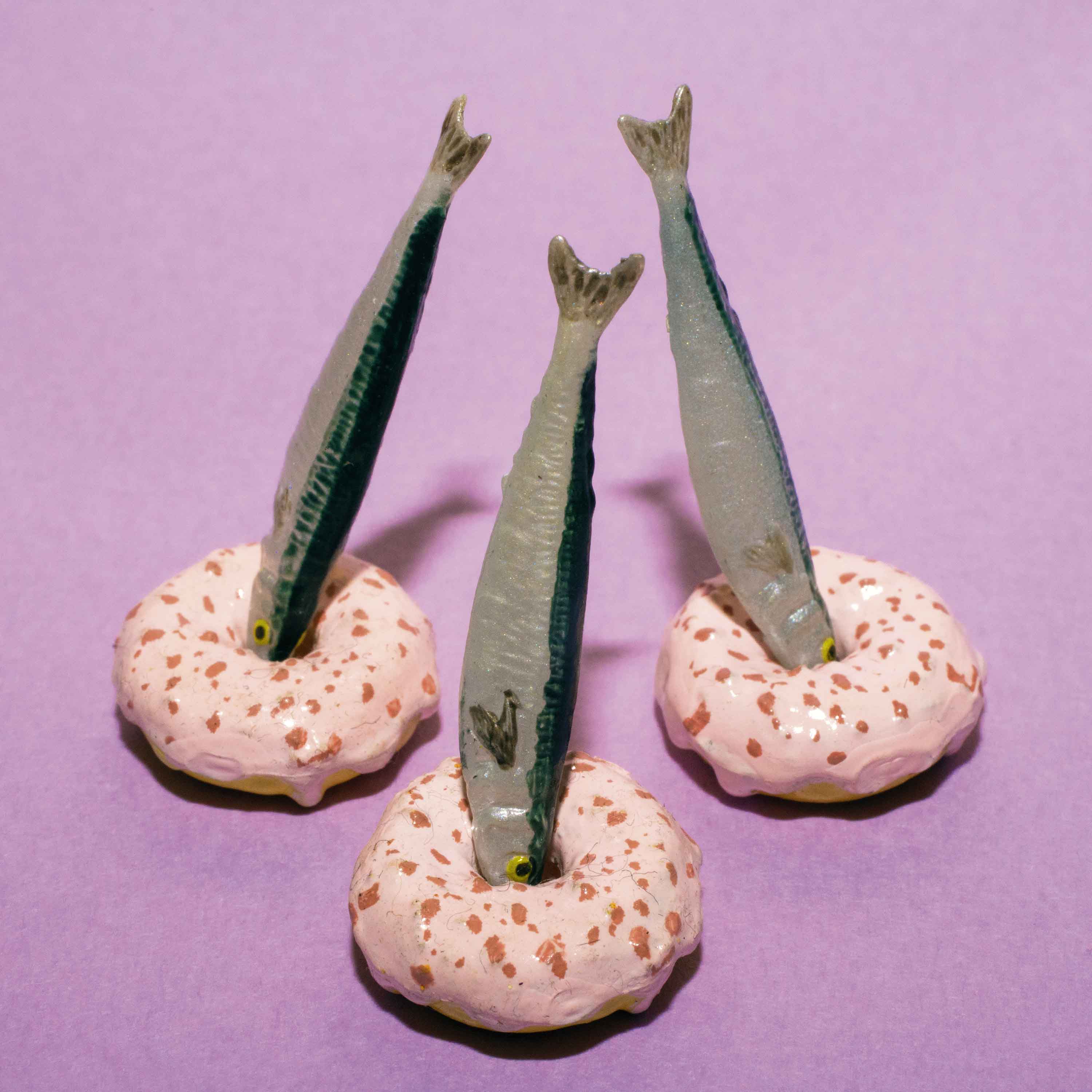
The exhibition will cover a broad range of photographers. How did you decide what to include?
We knew that any exhibition on food would be richer when addressed across as many places as pictures of food appear: fine art, fashion, photojournalism, social networking, cookbooks and advertising. Believe it or not, our first rule was that the pictures needed to include food, and this wasn’t always as easy to follow as it sounds. As we worked on a larger history of food in photographs and started identifying pictures key to it, a few themes arose that we shaped the show around.
Still Life as an enduring artistic tradition that photography has followed and transformed over different times; how culture, community and identity are shaped through food, with pictures as the perfect vehicle for this expression; and the sense of absurdity and desire to break into a food-fight that underlies such pictures. Within these themes, the pieces in the show all oscillate around a few different axis: high and low culture, the personal and the cultural, hunger and excess, reality and aspiration, physical and symbolic.
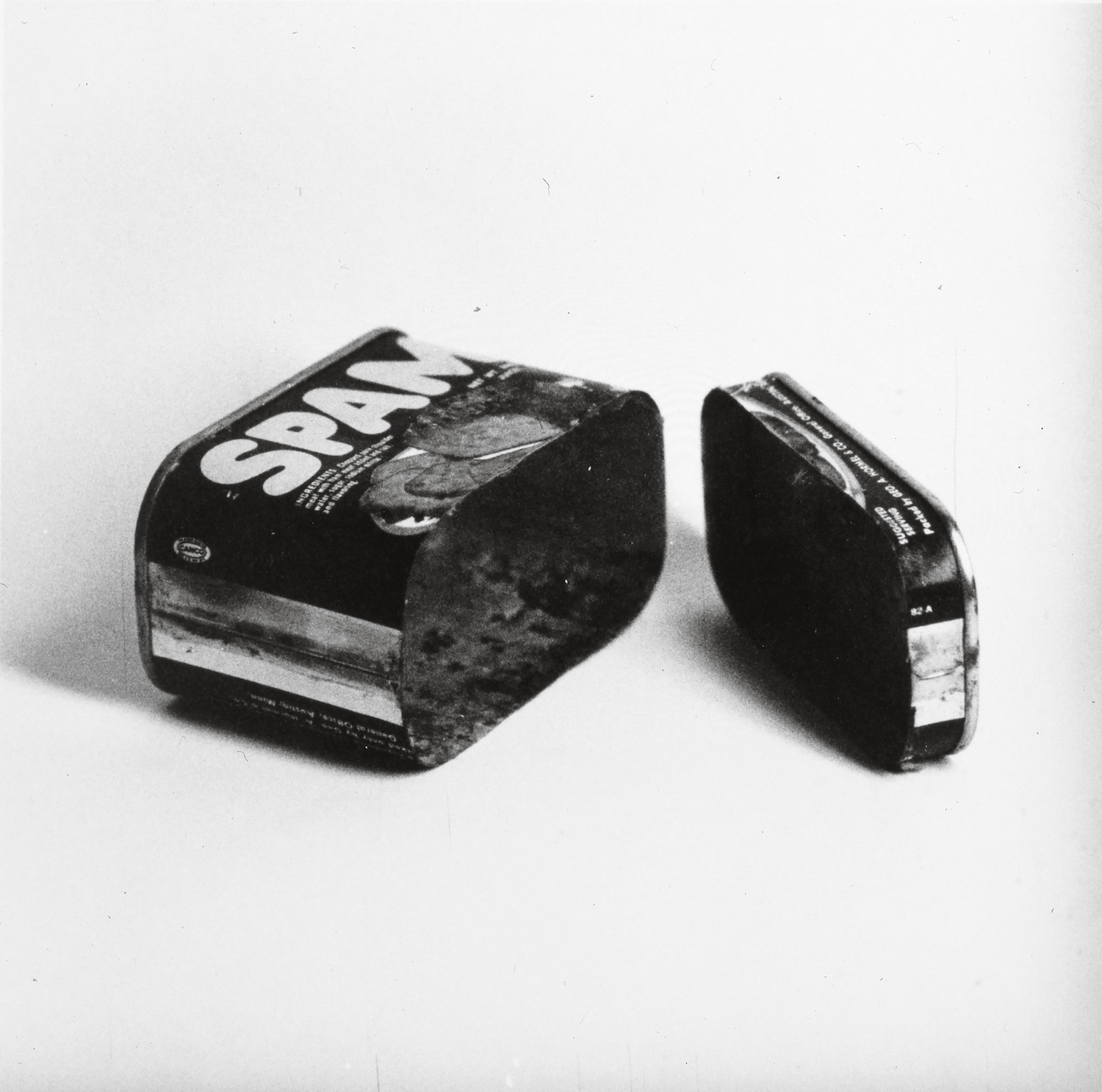
“Food, and pictures of it, are always bordering on the ridiculous. It wouldn’t take much for even the most sophisticated meal to break out into a food fight”
What themes emerged when you brought together a huge range of different photographers and their diverse approach to food? Did any surprise you?
What was thrilling about putting together such a vast project was the way that themes reverberated throughout. Most obviously is the role of still life, and it’s fascinating to see how that shifts and changes throughout the history of photography. Another theme explored is how food shapes our identities, communities and culture, with photographs at the heart of this expression. And equally important, the realization that food, and pictures of it, are always bordering on the ridiculous. It wouldn’t take much for even the most sophisticated meal to break out into a food fight. These three themes form the basis of the exhibition.
For example we trace the idea of American abundance from early twentieth-century postcards, through the 1950s with the Betty Crocker cookbooks, and then ultimately see the notion challenged with work by Cindy Sherman who looks at the flipside (or dark side) of such consumption. Looking at the history of photography through the lens of food, reveals surprising connections like this. The exhibition is also surprisingly personal. Not only are pictures of food relatable, but they also have a Proustian effect, raising memories and emotions for viewers.

Feast for the Eyes—The Story of Food in Photography
At Foam, Amsterdam, from 21 December to 6 March 2019
VISIT WEBSITE




